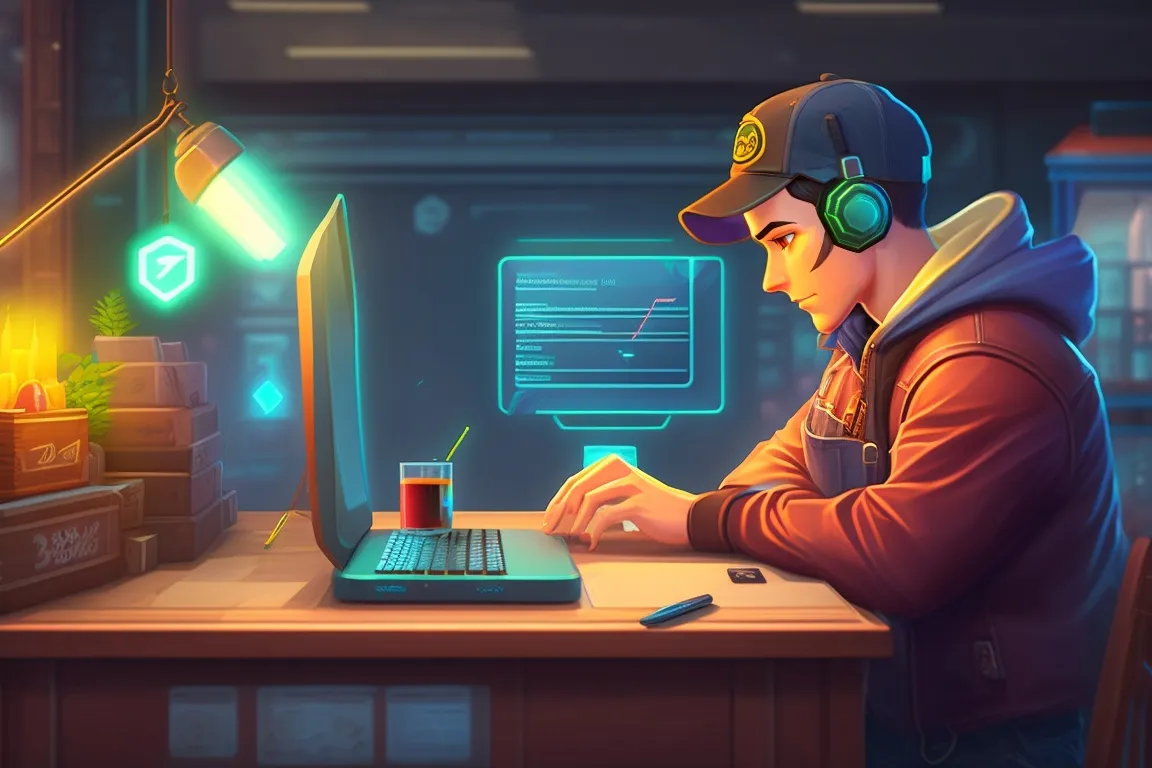
How to Build a Sellable Side-Project in 5 Months: From Idea to Acquisition
In just five short months, my idea went from concept to acquisition. This is my second acquisition this year, and I’ll share how I did it in this post.
The beginning of the story
It all started when the ChaptGPT/AI hype dominating Twitter got the best of me, and I wanted to experiment with whatever all the buzz was about. I decided to build a small project using The OpenAI API to learn more. I was careful to keep it small and manageable because I already work for Apideck, have two young children, and spend most of my free time working on universal.page. So basically, I didn’t have the time for this.
For a short period, I was blocked from progressing on universal.page due to some LUKSO contract updates, so this gave me a little window of time to experiment with AI stuff. That’s when I created TeamSmart AI, a browser extension allowing you to add different AI characters to your team and have them as sidekicks wherever you go. Within just one month, I made my first sale!
These are the steps I took I believe to have contributed most to the success of this side project.
1. Launch fast
I have developed a simple frontend application using Next.js without a backend or database (it even just utilized localstorage to store data). For rapid styling, I used TailwindCSS. I am familiar with this stack, allowing me to build UIs quickly. I released the first version in three weeks, and one week later, I made my first sale. However, I had to refund the customer due to a bug. After resolving the issue, I gained more satisfied customers. Within a month, I was able to validate the idea, which helped me decide whether to invest more time into it.
2. Build something cool
This may seem obvious, but it’s crucial to build something that people actually want. Personally, I prioritize creating a visually appealing product with a great user experience. However, quality and speed are often trade-offs, so you must choose which is more important for your project. My approach involves focusing on one feature at a time and making it exceptional before moving on to the next.
3. Share it everywhere
I submitted my product to several directories like ProductHunt, Hackernews, Indiehackers, Betalist, and others. Typically, this would generate some initial traffic, but this time was different. A surge of interest in AI has led to many AI newsletters and AI directories. I discovered a massive list of AI directories and submitted my link to all of them. I spent a full day just submitting my project on these websites. Then, some people started covering my project in newsletters, and all the other AI guys just took over. Mentions on Twitter by big names caused a little buzz on social media and caused a surge in Google searches. I don’t think this is very easy to replicate in a different time or space. It’s just a matter of riding the AI hype train.
4. Focus on SEO
I was inspired by Danny Postma’s Twitter thread on SEO and started using Ahrefs to find keywords. I generated separate pages for each AI assistant in my tool. One assistant used the Lexica API to show AI-generated images. “Lexica” was a highly searched term with low keyword difficulty. After creating a separate page with many keywords for my Lexica integration, I saw a lot of impressions on Google. Although most people just searched for the original website of Lexica, the total number of impressions became so big that the clicks to my Lexica page still outgrew the clicks to my main page.
5. Selling on Acquire.com
The product was free to use, but for a one-time $39, you could unlock more AI assistants and features. My monthly sales quickly reached 2–3K, and since I didn’t plan to focus on this project fully, I decided to list it for sale on acquire.com. After a month, it attracted a potential buyer who offered the asking price. We closed the deal and transferred assets within just three weeks.
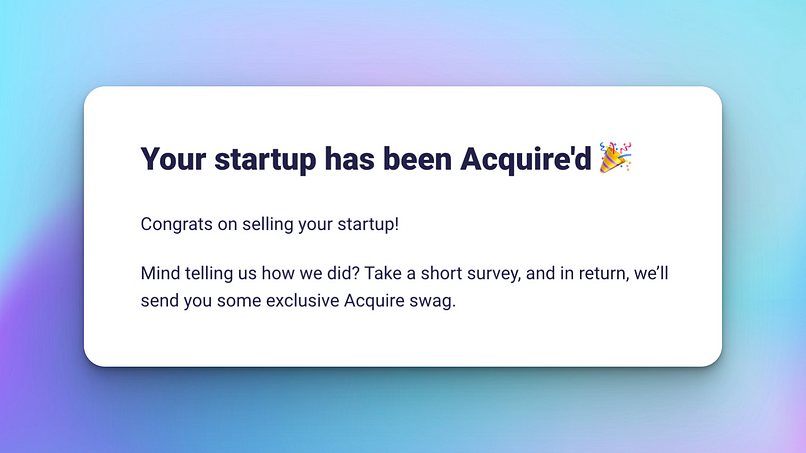
Although the process went very smoothly, I experienced some trouble afterward. I had sold lifetime licenses and had just started an AppSumo deal. I recommended the new owner keep giving those customers access to the tool, even after they implemented a subscription-based model. However, previous customers started to lose access and reached out to me for refunds. People were really disappointed and started writing bad reviews (understandably). Next time, I will ensure that these agreements are included in the contract instead of just in the chat.
At the beginning of this year, I sold another side project and was interviewed by Andrew Gazdecki, the founder of Acquire.com. If you’re interested, you can check it out here and learn more about the process. Or check out my blog post: From Zero to Acquired: My Journey to Selling Serverless SaaS.
Important notes
If you’re a new indie hacker or developer, keep in mind that I have years of experience. I often reuse code, manage a component library, and have built many projects (even some Chrome extensions). Additionally, the hype surrounding AI certainly contributed to gaining early exposure. Newsletters and AI directories began to mention it, which resulted in some early sales.
However, don’t let that discourage you from building your own project. If you are new to this, I suggest you start small and set realistic goals when beginning your journey. It’s easy to get caught up in the success stories of indie hackers on social media. Don’t let unrealistic expectations discourage you from pursuing your dreams. Great things require patience, time, and effort.
When I first started, I made the mistake of working endlessly on a project that didn’t gain traction, had no business model, and lacked a strategy for attracting users. My following projects got more traction, but I still didn’t profit from most. However, after those experiences, it became relatively easy to spin up something new and make money from it. Experience matters, although learning from the mistakes of others can give you a massive head start.
I hope my story is inspiring to you. If you’re interested in my journey of building the leading platform for the next generation of digital collectibles, follow me on Twitter. Also, check out universal.page to learn more.



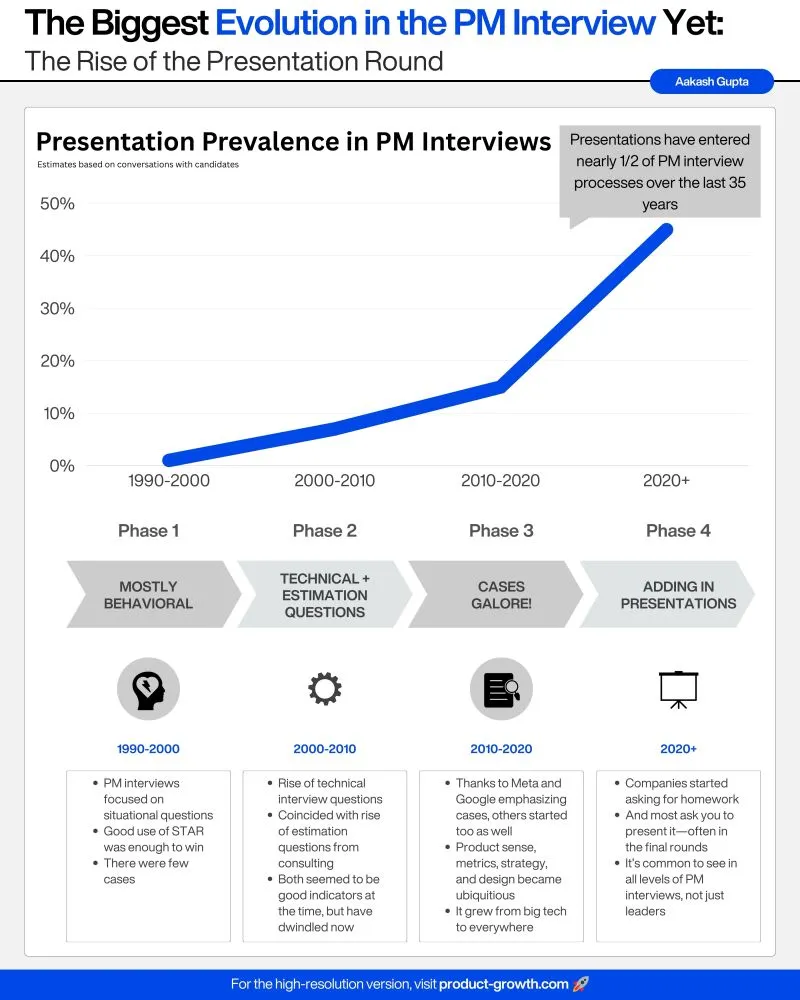
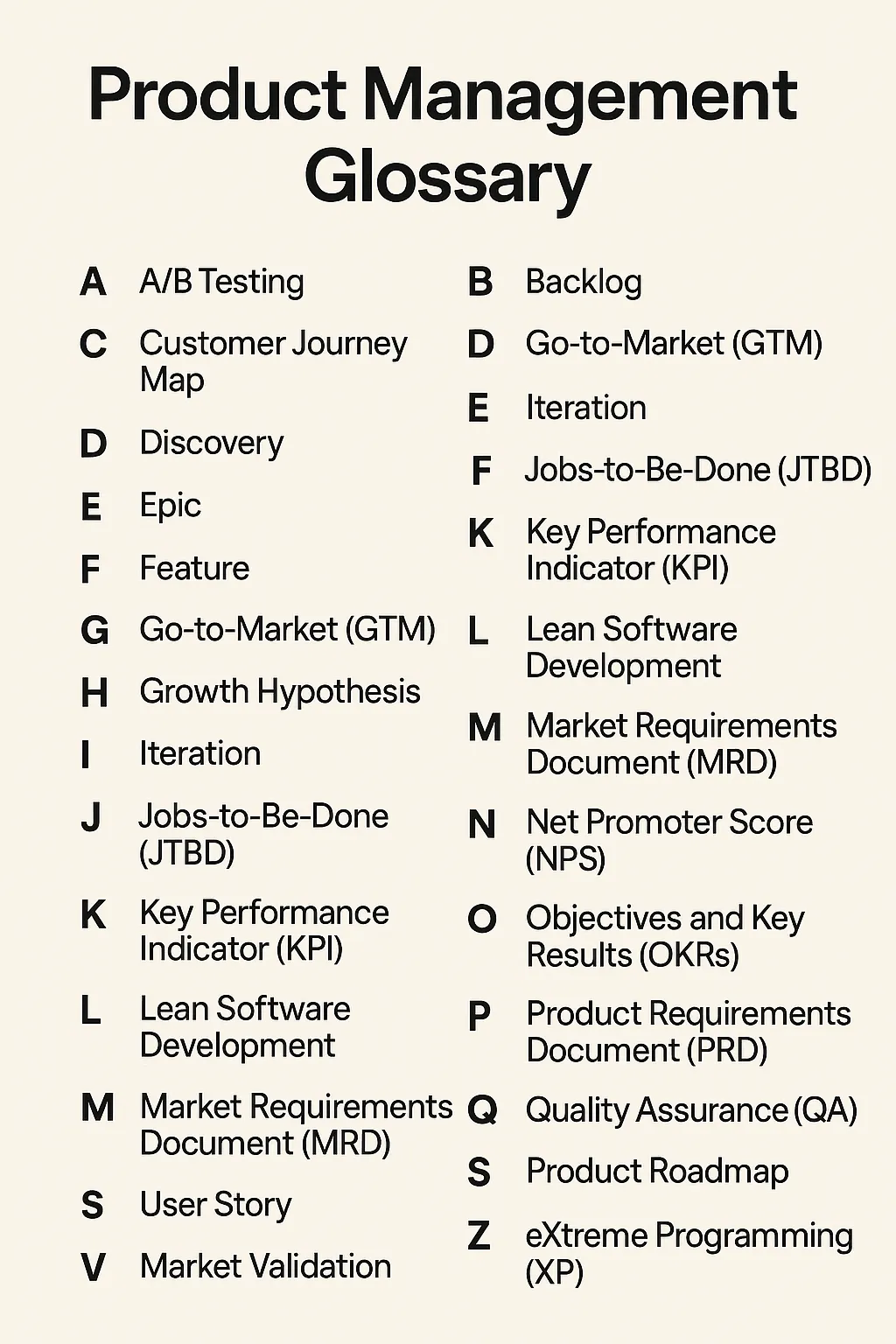

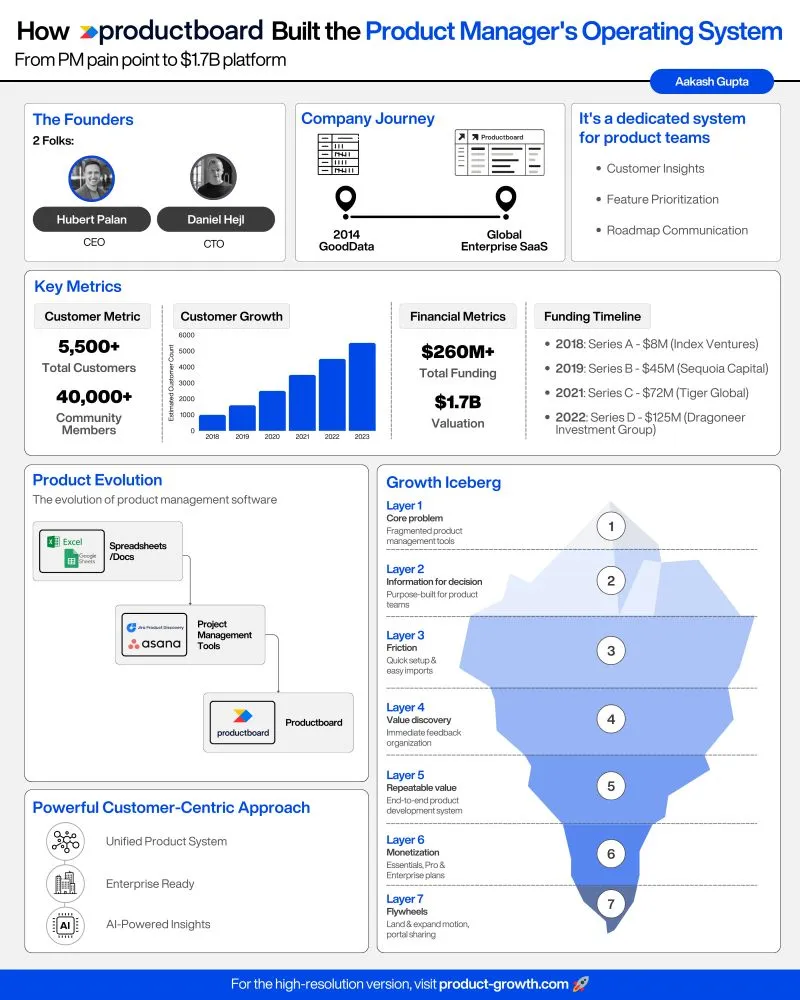

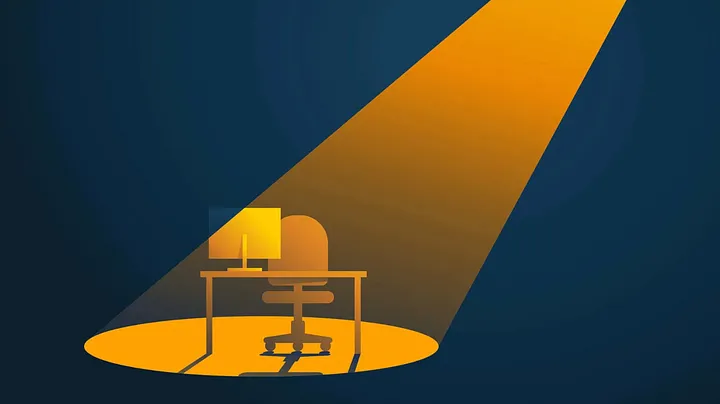
Comments ...
Leave a Comment
AnonymousUser Reply
Hello !! I came across a 139 useful platform that I think you should dive into. This platform is packed with a lot of useful information that you might find helpful. It has everything you could possibly need, so be sure to give it a visit! [url=https://insearchofbeer.org/betting-secrets/nuclear-threat-all-the-time/]https://insearchofbeer.org/betting-secrets/nuclear-threat-all-the-time/[/url] Furthermore do not neglect, everyone, which a person always may inside this particular article find responses to the most the absolute tangled inquiries. We attempted — explain the complete information in the very understandable way.
Leave a Comment